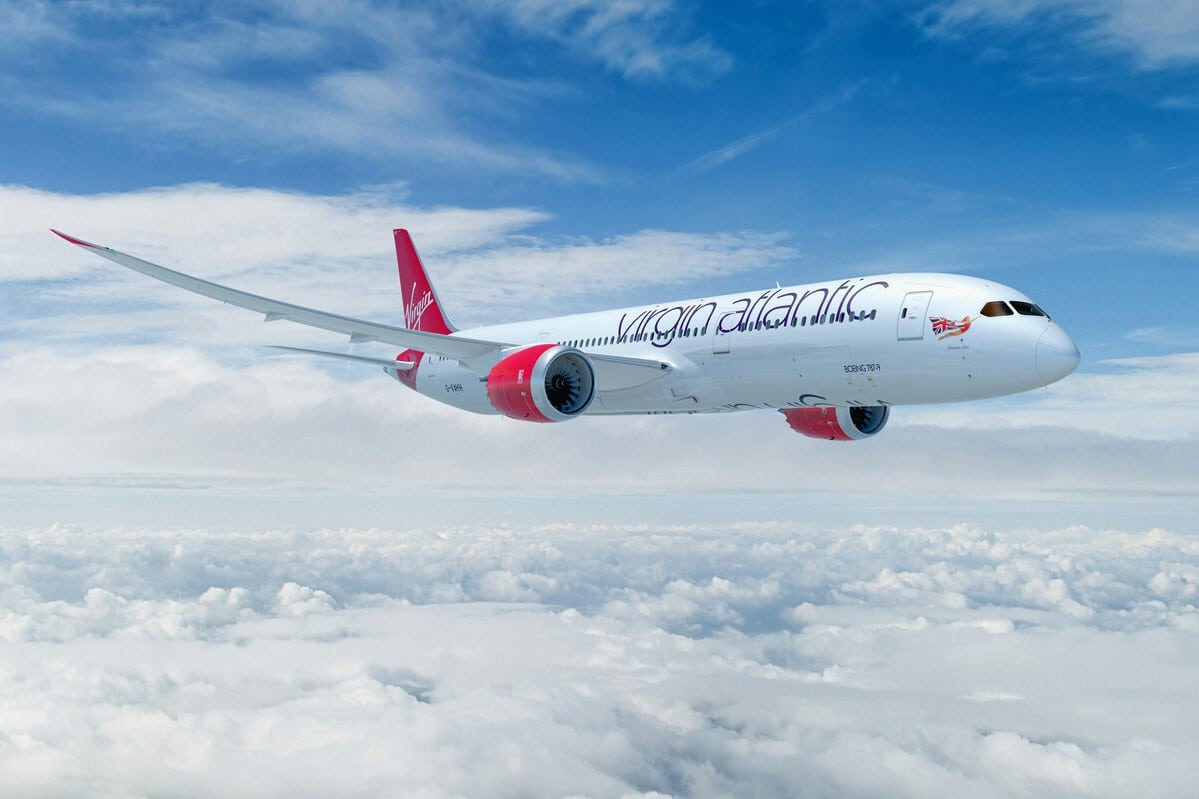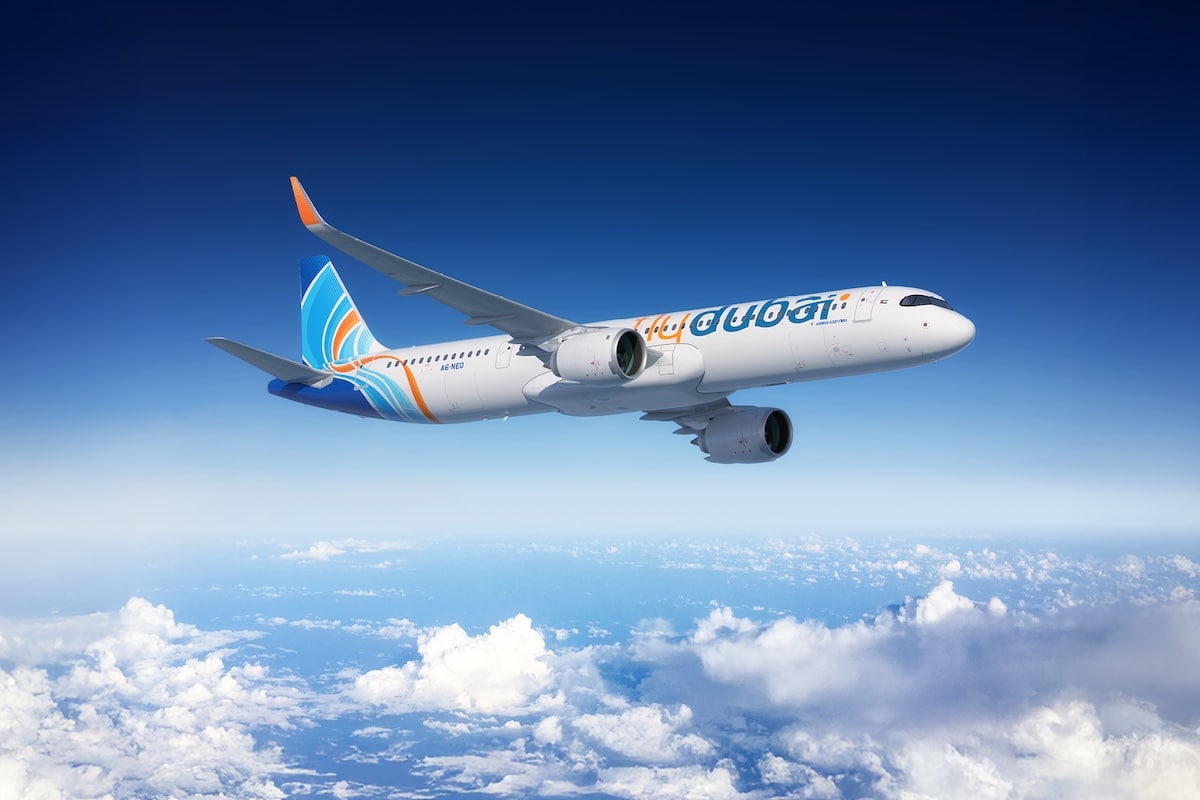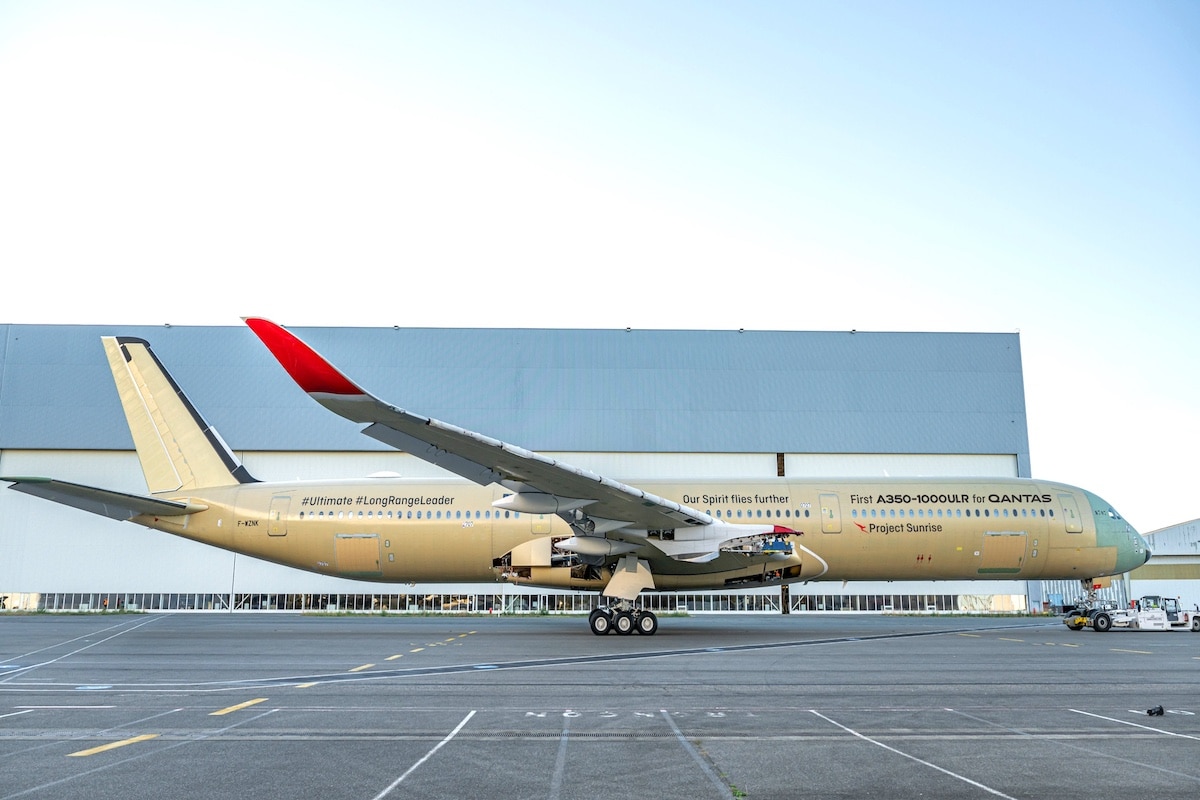Death Probability Rankings by Mode of Transportation

Out of a total of 40.6 million flights on airplanes, 46 accidents have been reported, including 7 fatal accidents leading to the loss of 244 human lives.
The International Air Transport Association (IATA) has released its report on commercial airline accidents for the year 2024, confirming that air travel remains one of the safest modes of transport. Although the number of deaths has increased compared to 2023, the fatal accident rate remains exceptionally low.
In 2024, seven fatal air accidents have been reported, resulting in the loss of 244 human lives. It should be noted that these statistics do not include all leisure or private flights.
- December 29, 2024: A Boeing 737-800 from the South Korean airline Jeju Air, operating flight 7C2216 from Bangkok, crashed during landing at Muan International Airport in South Korea. The aircraft was carrying 181 people, including 175 passengers and 6 crew members. The accident resulted in the deaths of 179 people, leaving only two survivors among the crew. This incident is considered the deadliest of 2024.
- December 25, 2024: An Embraer 190AR operating flight 8243 from Azerbaijan Airlines crashed during an emergency landing near the city of Aktau, Kazakhstan. The aircraft was carrying 68 people, of which 39 lost their lives in the accident. Preliminary conclusions from the investigation suggest the aircraft was hit by Russian anti-aircraft fire. An episode reminiscent of the Malaysia Airlines flight MH17 on July 17, 2014, which was shot down by Russia over the Donetsk region (Ukraine) with 298 passengers and crew members on board.
- December 22, 2024: A private Piper PA-42-1000 crashed in a commercial area of the city of Gramado, Brazil. All ten occupants of the aircraft, members of the same family, lost their lives. Additionally, seventeen people on the ground were injured, including two seriously.
- August 11, 2024: An ATR 72-500 from the Brazilian company Voepass Linhas Aéreas, operating flight 2283 between Cascavel and São Paulo, crashed into a residential building near São Paulo. All 62 people on board lost their lives.
- July 24, 2024: A Bombardier CRJ200 from Saurya Airlines crashed during takeoff from Tribhuvan International Airport in Nepal during a test flight. Eighteen employees, including seventeen Nepalese and one foreigner, lost their lives. The pilot, the sole survivor, was injured.
- August 23, 2024: A Cessna 208B Grand Caravan, operating a charter flight between Bangkok-Suvarnabhumi Airport and an island off Ko Kut, crashed in the Amphoe Bang Pakong district of Thailand shortly after takeoff. All nine occupants lost their lives.
- August 22, 2024: A taxi plane Piper PA-31-350 crashed in the Aysén region of Chile. The pilot and the six passengers lost their lives.
Comparison of transport in terms of safety
To better appreciate the safety of air transport, it is useful to compare it with other modes of transportation based on the number of deaths per billion passenger-kilometers traveled. And the result is quite revealing!
| Mode of transport | Deaths per billion passenger-kilometers |
|---|---|
| Airplane | 0.05 |
| Train | 0.6 |
| Bus | 0.4 |
| Car | 3.1 |
| Bicycle | 44.6 |
| Walking | 54.2 |
| Motorized two-wheelers | 108.9 |
This data shows that the airplane is by far the safest mode of transport, followed by trains and buses. In contrast, individual modes of transport such as cars, bicycles, and especially motorized two-wheelers present much higher mortality rates. For comparison, riding a motorcycle is therefore 217,800% more dangerous than taking a plane. Even walking presents a 108,400% higher risk of death. This helps to put things in perspective!
Focus on road risks
In France, for example, cyclist mortality has increased by 18% compared to 2019, reaching 221 deaths in 2023 (data for 2024 is not yet known). This increase is attributed to a rise in bicycle use in urban areas, coupled with infrastructures that are sometimes inadequately adapted to this new mobility. Furthermore, road accidents continue to be a major cause of mortality worldwide, with nearly 1.3 million annual deaths according to the World Health Organization (WHO).
Despite the increase in deaths in 2024, air transport remains extremely safe. Willie Walsh, the director general of IATA, reminds us that the long-term trend is one of continuous improvement. Ten years ago, the five-year average was one accident for 456,000 flights, compared to one accident for 810,000 flights today. This evolution is due to technological advancements, strengthened regulations, and increased training for pilots and cabin crew.
While each mode of transport carries risks, statistics confirm that airplanes remain the safest choice for long-distance travel. Their mortality rate is significantly lower than that of other modes of transport, particularly cars and bicycles.
However, the year 2025 has begun poorly with numerous crashes, notably on January 29 when a collision in flight occurred between a Bombardier CRJ700 operating flight American Eagle 5342 and a Sikorsky UH-60 Black Hawk military helicopter from the U.S. Army. The accident occurred over the Potomac River, near Washington D.C., resulting in the deaths of all 64 people aboard the CRJ700 and the 3 crew members of the helicopter.
READ ALSO: Airbus: why does this small experimental airplane have 7 engines?
This page is translated from the original post "Palmarès des probabilités de mort selon le mode de déplacement" in French.
We also suggestthese articles:
Also read






